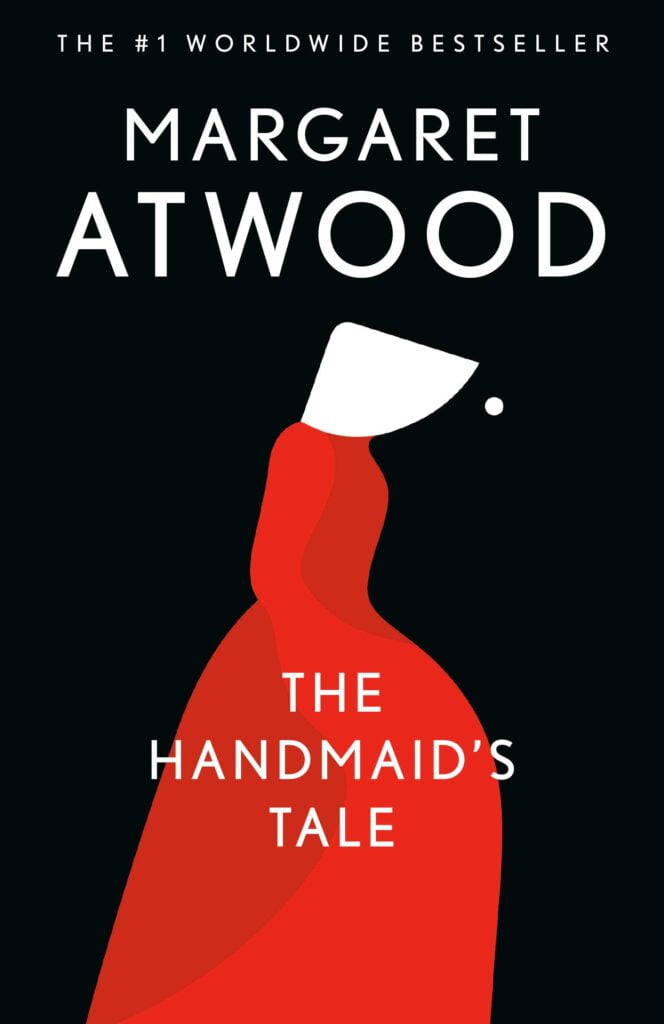
The way you write and the words you choose can elicit different emotions in different people. This is called the tone of your writing, just like the tone of voice you use when you talk. Knowing how to use tone effectively can help you say what you want in the best way, and more importantly, leave your readers with a profound sense of impact from your writing.
In this guide, we’ll go over all about tones in writing, the different types of tones, and give you 20 examples to help you when you write. Let’s go!
What is Tone in Writing?
Do you ever get mixed up between “voice” and “tone” when you write? A lot of writers do. It’s important to understand the difference because it can help you connect with readers better. Your writing voice is like your own special way of talking. It shows who you are and makes your writing unique.
So, a voice in writing is what you’re talking about and the tone is how you’re talking about it. Just like when we talk, the way we write also shows how we feel.
Think about it this way. Imagine we had a preplanned meeting and you showed up late. If I said “Are you always this punctual?” with a big smile, it shows I’m being funny and not mad. That’s the tone. If I said it without a hint of humor on my face, you wouldn’t know if I’m genuinely angry or cracking a sarcastic joke. No tone. No impression on the audience.
It works the same way in writing.
Don’t tell your readers how to feel. Show them your feelings by choosing the right words that will create the perfect tone for your story.
How to Choose the Right Tone
Choosing the right tone in your writing is essential to effectively convey your message and connect with your audience. But how do you decide which tone to use?
First, consider your audience.
- Who are you writing for?
- What are their expectations and what tone will they respond best to?
For example, a formal tone is better suited for a business proposal, while a more casual tone might be more appropriate for a blog post.
Next, think about the purpose of your writing.
- What do you want to achieve with your words?
- Are you trying to inform, persuade, entertain, or inspire?
- The tone you choose should align with your overall goal.
Additionally, consider the subject matter of your writing. Some topics may call for a serious and somber tone, while others may warrant a lighter and more humorous tone. By taking these factors into account, you can choose the most appropriate tone for your writing and ensure your message resonates with your audience.
20 Types of Tone in Writing
There are many different types of tones that can be used in writing. Here are 20 of the most commonly used ones to get you started:
- Formal: Of course, formal tones are used in professional or academic writing, and are characterized by their seriousness, objectivity, and use of formal language.
- Informal: This type of tone is used in casual writing, such as in emails or blog posts, and is characterized by its relaxed and conversational style.
- Thoughtful: A thoughtful tone is used in writing that is meant to provide deep insight or consideration. You might recognize it when you see contemplative language, questions, and rhetorical devices.
- Cynical: A cynical tone is great for writing that expresses skepticism, sarcasm, and irony. It might be characterized by its use of ironic language and the expressed attitude of disbelief.
- Serious: This type of tone is used in writing meant to convey a sense of gravity or importance, and is characterized by its use of solemn and contemplative language.
- Humorous: Humorous tones are used in writing that is meant to be funny or entertaining, and are characterized by their use of jokes, puns, and other forms of comedy.
- Sarcastic: Sarcastic tones are great for writing meant to be ironic or mock-serious, often characterized by heavy use of irony, wit, and dry humor
- Inspirational: This tone is used in writing meant to inspire, motivate and uplift the reader, characterized by its use of uplifting and motivating language.
- Enthusiastic: When you need to convey excitement, positivity or energy, an enthusiastic tone works great. It uses a lot of positive language and expressions.
- Persuasive: A persuasive tone helps convince the audience to take a certain action or believe a certain thing, and is characterized by its use of persuasive language and arguments.
- Condescending: Condescending tones are used in writing meant to communicate a sense of superiority, and are characterized by the use of patronizing language and attitudes.
- Melancholic: This type of tone is used in writing meant to express sadness, melancholy, or loss, and contains a lot of contemplative and somber language.
- Confessional: A confessional tone can be very personal and introspective. It might be characterized by its use of personal anecdotes and a candid, intimate style of writing.
- Wistful: Writing that expresses longing or nostalgia is likely in a wistful tone. It’ll contain a lot of contemplative and reflective language and imagery.
- Romantic: This tone expresses love, passion, and emotion. This type of writing often has a lot of figurative language, metaphors and imagery, and the use of romantic words and phrases.
- Authoritative: This tone seeks to convey a sense of authority and knowledge. It might be characterized by its use of formal, precise, and convincing language, statistics, and examples.
- Nostalgic: Nostalgic writing evokes memories and emotions of the past. It contains a lot of imagery, descriptive language, and reminiscences.
- Poetic: A poetic tone uses tries to evoke emotion and imagination, and occasionally a rhythmic beat inside a reader’s head. Here you’ll find a lot of figurative language, imagery, and a strong sense of rhythm and meter.
- Pessimistic: A pessimistic tone, of course, expresses a negative outlook or pessimism. It might be characterized by its use of negative words and phrases, and often expresses a sense of disappointment or despair.
- Hopeful: A hopeful tone attempts to express optimism and a desire for a positive outcome. It will hold a lot of positive words and phrases, and often expresses a sense of possibility or aspiration.
20 Examples of Using Tones in Writing
- Example of formal tone: “This report provides a comprehensive analysis of current market trends, utilizing industry data and statistical analysis to present a clear and objective view of the sector’s performance.”
- Example of informal tone: “Hey there! Just wanted to send you a quick email to catch up and see how things are going with you.”
- Example of serious tone: “The human impact on the environment is a matter of grave concern, requiring immediate action to prevent further damage.”
- Example of humorous tone: “Why was the math book sad? Because it had too many problems.”
- Example of sarcastic tone: “Oh, you mean that ‘minor detail’ you forgot to mention before the project was due? No big deal.”
- Example of enthusiastic tone: “This is going to be the best day ever! I can feel it in my bones.”
- Example of persuasive tone: “Investing in this new technology will not only increase productivity but also create cost savings for the company in the long run.”
- Example of condescending tone: “Oh, I see you’re having trouble with that concept. Allow me to explain it to you in simple terms.”
- Example of melancholic tone: “The memory of that summer will always stay with me, tinged with the bittersweet knowledge of what could have been.”
- Example of inspirational tone: “You have within you right now, everything you need to deal with whatever the world can throw at you.”
- Example of a wistful tone: “The sound of the wind chimes brought back memories of childhood summers spent running through the fields”
- Example of cynical tone: “Sure, this new policy will fix everything, just like all the other policies that came before”
- Example of confessional tone: “I never thought I would struggle with depression, but here I am, trying to find my way through it”
- Example of romantic tone: “She was the light to my darkness, the beat to my heart and the love of my life.”
- Example of authoritative tone: “Recent studies have shown that employee motivation is directly linked to job satisfaction and productivity.”
- Example of nostalgic tone: “I remember my grandmother’s kitchen, the smell of freshly baked bread and the warmth of her hugs.”
- Example of thoughtful tone: “What is the true meaning of success? Is it measured by wealth, power or fame, or is there something more profound?”
- Example of poetic tone: “The stars above danced in the midnight sky, a symphony of light and wonder”
- Example of a pessimistic tone: “I can’t see how this situation could possibly improve, it’s just going to get worse.”
- Example of a hopeful tone: “We may be facing a difficult time, but I truly believe that we can overcome it if we work together.”
How to Develop Your Writing Tone
If you’re tired of writing boring passages or words that just don’t seem to ‘pop’ out at you like you want them to, then practicing the following ideas can really help you out along the way to improving your writing.
- Know your audience: Think about who will be reading your writing and what kind of tone they would respond to best.
- Understand your purpose: Decide what you want to achieve with your writing and choose a tone that aligns with that goal.
- Consider the subject matter: Some topics may require a serious tone, while others might call for something more lighthearted.
- Practice different tones: Try out different tones in your writing to see what feels most natural for you and which one best fits your message.
- Read and study other writers: Learn from the tone of other authors and how they used it effectively in their work.
- Keep it consistent: Once you’ve chosen a tone, stick with it throughout your writing to maintain a clear and consistent voice.
And lastly, don’t be afraid to experiment! Have fun with your writing and don’t worry about trying out new tones. You never know what you might discover about your own voice!
If you enjoyed this article you might also be interested in learning about how many pages is 500 words.




